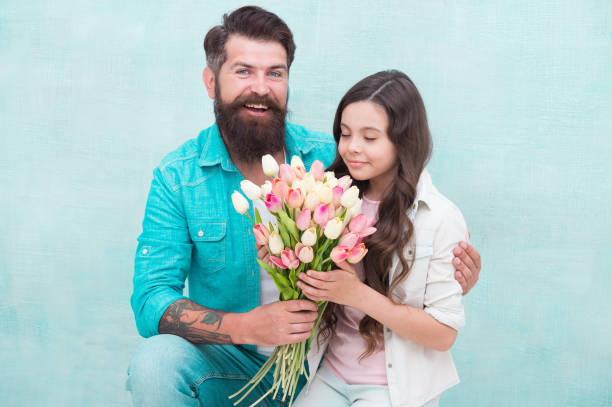In a world where fast fashion dominates, and consumption seems to be ever-increasing, the concept of minimalism and sustainable fashion has gained significant traction. As a sustainable fashion advocate, I’ve come to realize the profound impact our clothing choices have on the environment, society, and even our well-being. That’s why, this month, I’m embarking on a radical experiment: reducing my wardrobe to just ten items.
Why, you might ask, would anyone voluntarily limit themselves to such a small selection of clothing? The answer lies in the principles of sustainability, conscious consumption, and the pursuit of a simpler, more intentional lifestyle.
First and foremost, the fashion industry is one of the largest contributors to environmental degradation. From the enormous amount of water and pesticides used in cotton production to the carbon emissions generated by transportation and manufacturing processes, the lifecycle of a garment can have a devastating ecological footprint. By paring down my wardrobe to essentials, I’m drastically reducing my contribution to this environmental harm.
Furthermore, the fast fashion model perpetuates a cycle of overconsumption and waste. Trends come and go at breakneck speed, leading to a constant churn of clothing items that are worn only a handful of times before being discarded. This not only squanders precious resources but also perpetuates unethical labor practices in garment factories around the world. By embracing minimalism, I’m rejecting this culture of disposability and encouraging a more mindful approach to fashion consumption.
But beyond the environmental and ethical considerations, there’s a personal motivation behind my decision to streamline my wardrobe. In a world inundated with choices, the paradox of choice often leads to decision fatigue and dissatisfaction. Psychologists have long recognized that too many options can overwhelm us, leading to anxiety and dissatisfaction with our decisions. By simplifying my wardrobe, I hope to alleviate this burden and cultivate a sense of contentment with what I have.
So, what exactly does a ten-item wardrobe look like? For me, it’s about selecting versatile pieces that can be mixed and matched to create a variety of outfits for different occasions. Think classic staples like a well-fitted pair of jeans, a tailored blazer, a versatile dress, and a few quality tops that can transition seamlessly from day to night. Accessories play a crucial role in elevating these basics, adding flair and personality to an otherwise minimalist wardrobe.
Of course, paring down my clothing collection to just ten items isn’t without its challenges. It requires careful curation, thoughtful consideration of each item’s versatility and durability, and a willingness to let go of excess baggage – both literally and metaphorically. It also necessitates a shift in mindset away from the consumerist mentality that equates happiness with the accumulation of material possessions.
But the rewards of embracing minimalism far outweigh the challenges. A smaller wardrobe means less clutter, less time spent agonizing over what to wear, and less money wasted on impulse purchases. It’s liberating to know that everything in my closet serves a purpose and brings me joy, rather than languishing unworn in the depths of my wardrobe.
Moreover, by simplifying my wardrobe, I’m reclaiming control over my style and identity. Rather than being dictated by fleeting trends or societal expectations, I’m embracing a more authentic expression of self through timeless, versatile pieces that reflect my values and aesthetic sensibilities.
Of course, minimalism looks different for everyone, and there’s no one-size-fits-all approach to curating a wardrobe. What works for me may not work for someone else, and that’s perfectly okay. The key is to find a balance that aligns with your values, lifestyle, and personal preferences.
My decision to reduce my wardrobe to just ten items this month is about more than just decluttering my closet – it’s a statement of intent. It’s a commitment to living more sustainably, consciously, and authentically. It’s a rejection of mindless consumption in favor of mindful living. And ultimately, it’s a step towards a simpler, more intentional way of being in the world.

